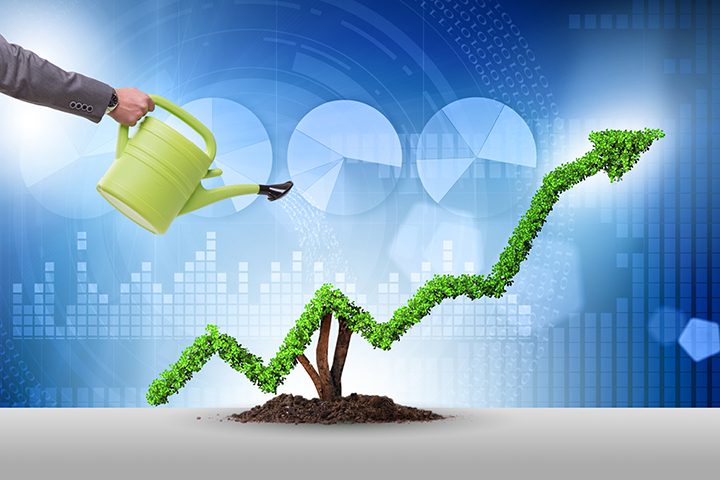
Simply put, a carbon footprint is the number of greenhouse gases that are generated by our everyday actions. The larger our footprint, the more effect it has on global warming. It is virtually impossible to be carbon-neutral. However, we can attempt to reduce it. By doing so, we will contribute to the common goal of saving our planet.
A carbon footprint calculator is a perfect tool to reduce your impact on the planet. There are a variety of apps on the market that will track your spending behaviour. These calculators estimate your footprint in three distinct areas: waste, home energy and transportation. Furthermore, they calculate your footprint and show you the areas where you can reduce it.
Banking apps enable high impact personal action
It is not surprising that banks partner with digital carbon footprint companies. This partnership allows customers to monitor their climate footprint. It is based on their consumption and lifestyle. The combination of the banks’ customer data and Deedsters climate knowledge, produces a clear carbon footprint for the customer. Undoubtedly, this is the future of environmental economics.
The bank and digital company’s partnership is, in theory, beneficial to everyone. The banks supply the raw customer data. Consequently, the partner company analyses it and produces a carbon footprint. The results are definitive as there is no guesswork involved. It reveals an accurate picture of our spending habits. Indeed, armed with this information, we can reduce our CO2 emissions.
Putting banking data to good use
Banks have always had access to our data. They know how much we are worth. The information they have reflects our spending history and habits. Most importantly, they are aware of how much we are affecting the climate. Petrol purchases, electricity bills and flights are all there in the data. Subsequently, this information can help us reduce our carbon footprint.
In a partnership with a digital climate platform, banks can help us understand our carbon footprint; thus helping us to minimize it. It is in the bank’s interest to share this information with us as everyone is affected. In fact, banks want to excel. Furthermore, a bank that wants to save the planet will undoubtedly create customer loyalty.
So easy to take action
Many people don’t take the time to monitor their environmental impact. They just think it is too much hassle. Well, now there is no excuse. A bank app does everything for you. Additionally, if a customer is aware of how much they spend, they will be more aware of how much they can save to set them on a greener path.
A bank app that tracks your spending habits is perfect for people that have wanted to do something about their environmental impact but were unsure where to start. The app can help them curb unnecessary spending. Also, it can make suggestions and provide alternative purchasing options. It can also inform the customer of their environmental impact regularly.
A bank app can help reduce the world’s carbon footprint
Banks have interests in social and environmental projects around the world. The problem is that most people are unaware of this. Helping customers with their carbon footprint makes it easier for banks to introduce their projects to their customers. Indeed, they can either learn about them or invest in them. This initiative will create a feeling of co-operation between the bank and the customer.
Using bank data to make the right choice
Because a bank has access to all your data, they know your buying habits and preferences. Furthermore, they know whether you have any disposable income. With this information at hand, a bank can suggest investments to their customers to help the environment. They can, in effect, funnel green investments to the right companies. This collaboration has to be a win-win situation.
Publish green investments on the bank app
The banks have finally got our attention by helping us be more environmentally friendly. By taking advantage of this, banks can target specific customers with a known interest in certain investments. They can place pop-ups on their app detailing them. These pop-ups are of benefit to both parties with a mutual interest.
The bank data combined with the reduction of our carbon footprints will create a new relationship between the customer and the bank. For the first time, a common goal will be set that should suit everyone. Additionally, customers will recognize the importance of using data correctly. In fact, data banks are doing their bit to save the planet.
Managing our carbon footprint together.
The combination of the banks, their digital partner, and the customer is a match made in heaven. Moreover, banks are happy to share the data with their partner company; thus providing the customer with a template for greener living. This is the future of sustainable banking, and it is guaranteed to make our world a better place to live in
